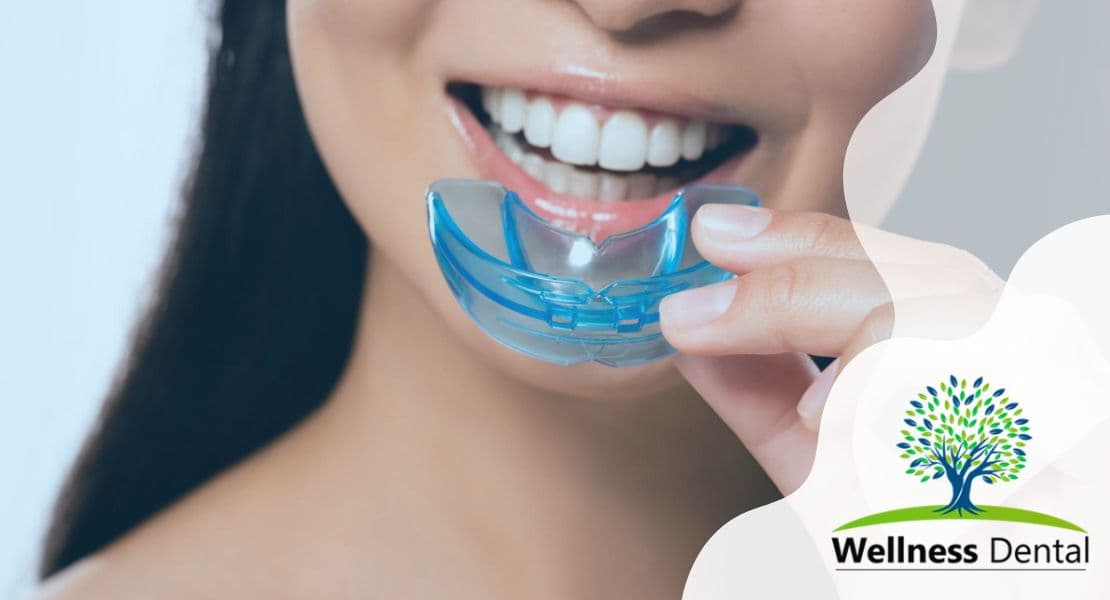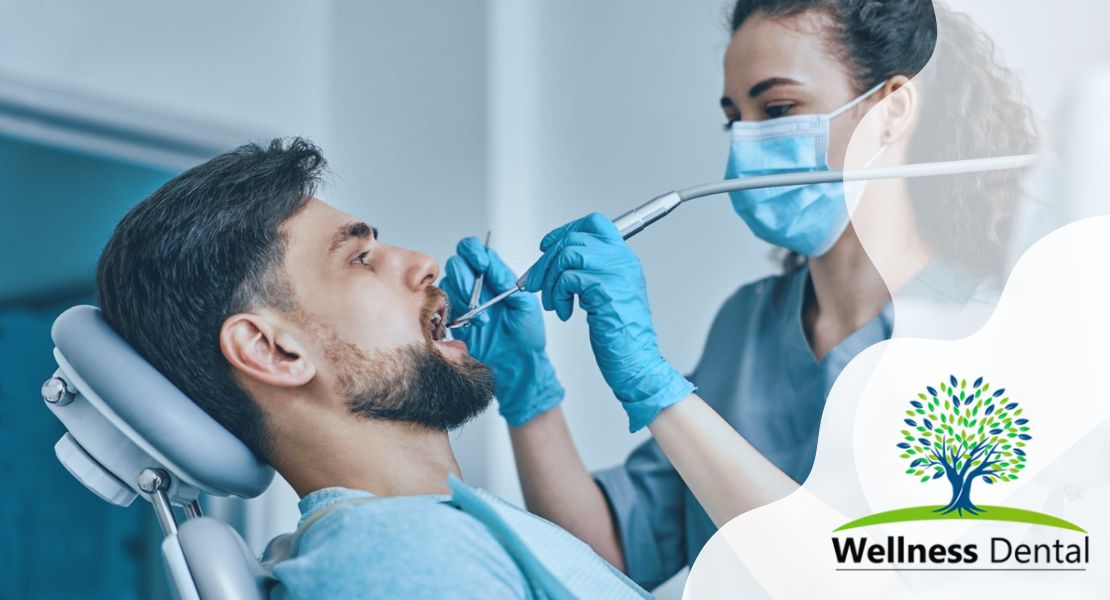Choosing dental treatments can be overwhelming especially when it comes to replacing restorations like crowns. Understanding the differences and implications of the various options is key to oral health. Crowns and bridges are two different things, each for different dental needs and scenarios.
When a crown needs to come out whether due to damage or decay, you need to evaluate why the change is needed. Replacing a crown with a bridge involves evaluating the condition of the surrounding teeth and both options. You need to make key decisions to make sure the choice aligns with long-term dental goals.
Crown removal scenarios
When it comes to dental procedures, there are various scenarios where an existing crown needs to be removed to either place a bridge or address other dental issues. Here are the common scenarios where a crown needs to be removed:
- Tooth Decay or Damage: If decay develops underneath a crown or the tooth is damaged, the crown needs to be removed so the dentist can treat the underlying issue properly.
- Poor Crown Fit: A crown that is ill-fitting can cause discomfort, misalignment, or further dental problems and needs to be removed.
- Aesthetic Changes: Sometimes patients want to remove crowns for aesthetic reasons especially if the crown is in the front teeth and they are opting for a bridge for a more natural look.
- Gum Disease: Advanced gum disease may require the removal of crowns to allow proper treatment and cleaning of the affected areas.
- Dental Bridge Placement: A dental bridge is used to replace missing teeth and may require alteration or removal of adjacent crowns so the bridge can be anchored properly.
- Structural Concerns: Over time crowns can wear or degrade. If a bridge is to be placed, pre-existing crowns may need to be replaced to ensure the structural integrity of the entire dental setup.
Bridge assessment
When restoring teeth, dental professionals assess the need for a bridge after a crown is already in place. A bridge is a custom-made replacement for one or more missing teeth that fills the gap when teeth are lost, anchored on the adjacent teeth, or dental implants.
In cases where a patient has an existing crown, the dentist will evaluate the health and integrity of the crowned tooth to see if it can serve as a support for a bridge. Key factors are the stability of the crown and the surrounding teeth, the condition of the patient’s oral health, and the alignment of the existing teeth.
Key Points:
- Health of the Crowned Tooth: The existing crown must be strong and well attached to be used as an anchor.
- Condition of Adjacent Teeth: These teeth will be the foundation of the bridge and must be healthy.
- Alignment and Bite: The relationship between the upper and lower teeth must allow for a bridge that doesn’t interfere with the bite.
The decision to place a bridge after a crown is on a case-to-case basis as it’s important to maintain the longevity of the dental work and the overall oral health of the patient.
Pre-requisites before replacement
When replacing a dental bridge or integrating it with existing dental crowns, the following need to be considered:
- Dental Health: A thorough check-up is necessary to ensure the supporting teeth are healthy and can hold a new bridge.
- Existing Crown Condition: If the existing crown(s) is/are in good shape, they can be used as part of the new bridge. But if they are compromised, they need to be replaced or reconditioned.
- Alignment: The alignment of the remaining teeth should be conducive to a bridge. Misaligned teeth may need orthodontic treatment before the procedure.
- Jawbone Integrity: Adequate jawbone support is important for a long-lasting bridge. Bone loss may require additional procedures like bone grafting.
- Aesthetics and Functionality: The new bridge should match the color, shape, and size of the natural teeth for aesthetic reasons and should also restore proper chewing function.
- Patient’s Overall Health: Certain medical conditions can affect oral surgery outcomes, so the patient’s overall health must be considered.
- Cost and Insurance Coverage: The cost of the procedure and what’s covered by dental insurance should be determined beforehand.
These are the keys to a successful replacement or integration of a dental bridge with a crown.
Maintenance
Good maintenance is important for the longevity and functionality of both bridges and crowns. With proper care, they can last for many years and contribute to the overall oral health and well-being of the patient. Both bridges and crowns require good oral hygiene habits. Regular dental checkups and cleanings are also important to keep them in good condition and to catch any problems early.
Care for dental crowns
Dental crowns are designed to protect and restore the structure of the tooth but they don’t protect against decay at the gum line. To care for them:
- Brush your teeth twice a day with fluoride toothpaste.
- Floss daily and pay special attention to the area around the crown to prevent plaque buildup.
- Avoid chewing hard foods, ice, or other hard objects that may damage the crown.
- Consider using an antibacterial mouthwash to fight against plaque bacteria.
- Visit your dentist for professional cleanings and examination of the crown.
Care for dental bridges
For dental bridges, the following care practices are recommended to prevent damage or decay to the bridge and surrounding teeth:
- Clean under the bridge with a floss threader or an interdental brush.
- Brush with fluoride toothpaste to keep the remaining teeth healthy.
- Keep the gums healthy to support the bridge, and use an antibacterial mouthwash if advised by your dentist.
- Avoid chewing on hard foods or sticky candies that can dislodge or damage the bridge.
- Visit your dentist for regular cleanings and bridge checks.
Problems and solutions
| Issue | Solution |
|---|---|
| Discomfort or Sensitivity | Use sensitivity toothpaste; if persistent, consult your dentist. |
| Loose Crown/Bridge | Avoid using the affected tooth and see your dentist promptly. |
| Chipped or Broken Restoration | Schedule an appointment for potential repair or replacement. |
| Decay Under Restoration | Visit your dentist for a professional evaluation and treatment. |
| Difficulty Eating | Talk to your dentist about adjusting the fit of the restoration. |
Talk to your dentist about adjusting the fit of the restoration.
Restoration care requires a balance of home care and professional care. By following these guidelines patients can help ensure the longevity and effectiveness of their dental crowns and bridges.
Recovery Time and Follow-Up
After crown removal and bridge placement, patients need to understand the recovery time and follow-up care. A smooth recovery and good follow-up care is key to the success and longevity of the restoration.
Recovery Time after Crown Removal
The removal of a dental crown is a local anaesthetic procedure so the recovery time is minimal. Most patients can go back to normal activities straight away. However, sensitivity in the area where the crown was removed can be expected.
This should subside within a couple of days. Patients should keep the exposed tooth clean and avoid chewing hard foods with that tooth until the new restoration – whether a bridge or new crown – is in place.
Recovery Time after Bridge Placement
Bridge placement is a more involved procedure than crown removal and can be mildly to moderately uncomfortable. Recovery time can vary but most patients adjust to their new bridges within 2-3 weeks. In the first few days after placement patients can expect some tenderness, sensitivity to temperature, and slight soreness in the gums or adjacent teeth. This should subside within a week. To aid healing patients should follow a soft food diet for the first few days and keep good oral hygiene.
Follow Up Appointments
Follow-up appointments are part of the aftercare. During these appointments, the dentist can check on the healing, make any necessary adjustments to the bridge, and address any concerns the patient may have.
Follow-ups are usually a few weeks after the bridge is placed and then at regular intervals as recommended by the dentist. They are important to ensure the bridge is working properly, fits comfortably and the patient’s oral health is optimal. The dentist also uses these appointments to reinforce good oral hygiene habits that will help the bridge last longer.
Follow up appointments
Follow-up appointments are part of any treatment plan, especially after a dental crown or bridge. These appointments with your dentist serve several purposes:
- Monitoring: Dentists can check on the teeth, gums, and restorations after the procedure.
- Early Detection: Regular checkups allow for early detection and treatment of any problems that may arise such as crown or bridge adjustments.
- Oral Health Maintenance: Professional cleanings and exams help maintain overall oral health so both natural teeth and restorations can last as long as possible.
- Guidance and Education: Dentists will give you specific advice on how to care for your crowns or bridges and general oral hygiene.
By attending follow-up appointments patients can ensure their restorations are working and any problems are addressed promptly and their oral health and dental work is protected.
See a Dentist
When it comes to your oral health seeing a dentist is key. Dental problems can get complex and a dentist is trained to assess and recommend the best treatment options for crowns and bridges. Whether you are looking for a bridge after a crown or have concerns about a restoration you had, seeing a dentist should always be your first port of call. They can assess the condition of your teeth, gums, and existing work to advise if further procedures like a bridge are possible and necessary.
During the consultation, the dentist will examine your teeth and may take X-rays or do other diagnostic tests. Based on this examination they can assess the health of your teeth and surrounding structures. Whether to place a bridge after a crown will depend on the health of the teeth adjacent to the crown, the condition of the existing crown, and your overall oral health. A dentist can also predict potential future problems and advise on how to prevent them.
Ask Your Dentist
When you see your dentist make sure to ask the right questions to fully understand your options and what to expect. Ask:
- Is my existing crown healthy enough to support a bridge?
- Do I need any other treatment before a bridge can be placed?
- How will a bridge affect my teeth function and appearance?
- What types of bridges are available and which one is best for me?
- Can you explain the bridge procedure?
- How do I care for my bridge and crown to make them last?
- What are the risks and complications of a bridge?
- How much will it cost and is it covered by my insurance?
The Dentist’s Role
A dentist’s role is not just to provide clinical treatment but to guide and educate patients on what’s best for them. They consider the clinical aspects and the patient’s personal circumstances – their lifestyle, budget and long-term oral health goals.
Dentists take an empathetic approach to understanding patient concerns and expectations so the decision-making process is collaborative. They present treatment options, explain the pros and cons of each, and help patients make informed decisions about their dental care.
When to See a Dentist
See a dentist if you notice:
- Discomfort or pain around your crown or adjacent teeth.
- Visible damage or your crown or bridge doesn’t fit right.
- Trouble biting or chewing.
- Gum sensitivity or swelling around a crown or bridge.
- You want to improve the look of your restorations.
- Decay in the teeth under a restoration.
- Loose or shifting crowns or bridges.





